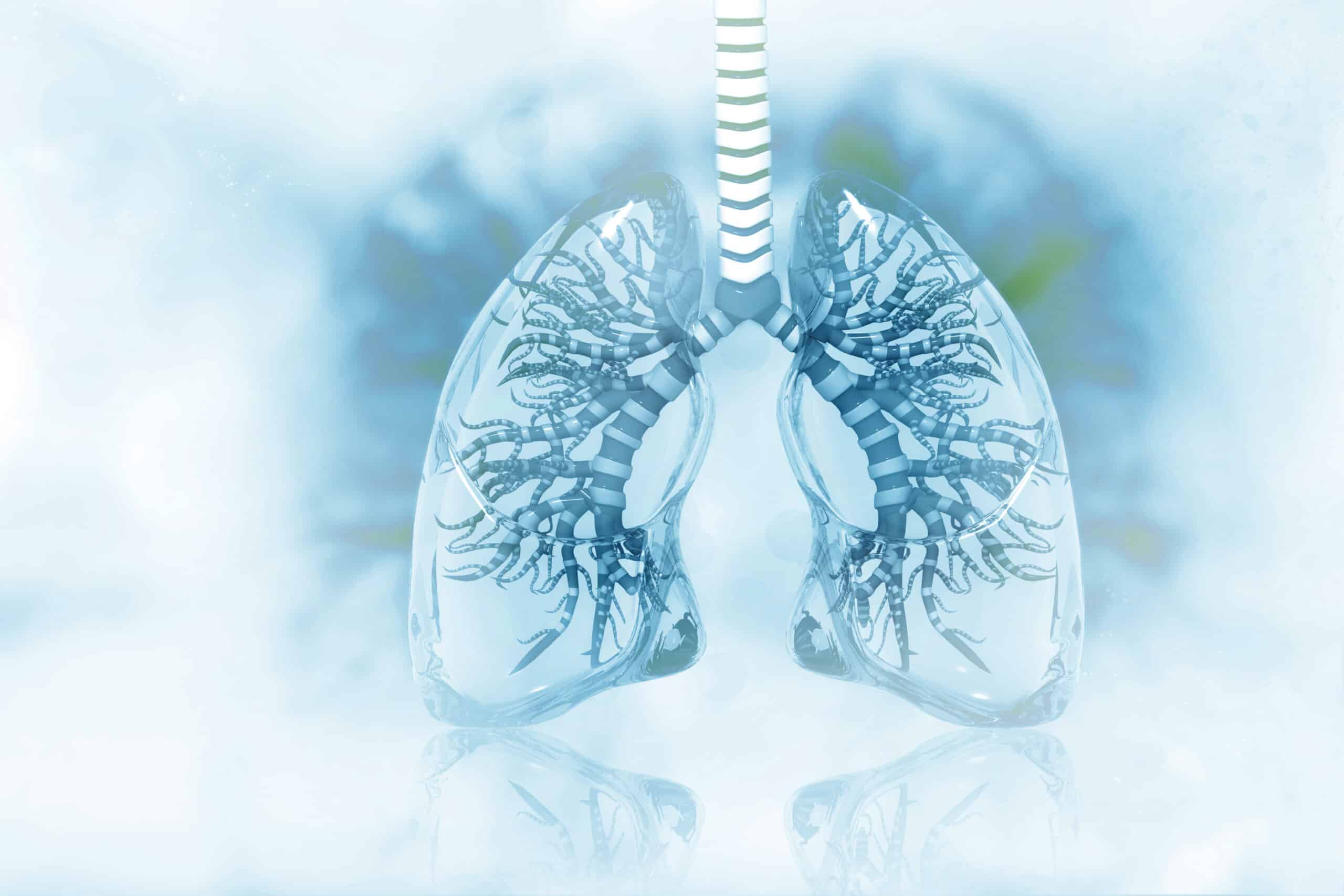Breathing as we know it consists of 2 phases; inspiration and expiration. The diaphragm moves downwards during the inspiration phase, while the rib muscles pull the ribs out expanding the chest which expands the lungs and generates a lower pressure inside the chest cavity than outside. This decreases the pressure below normal atmospheric pressure, causing air to rush in via the nose, mouth, and lungs, this is also termed negative pressure breathing. As we breathe out the muscles relax, the diaphragm moves up and in, and this pushes air out of the lungs.
BCV works in this same manner, sucking the diaphragm down and creating negative pressure in the chest. But what makes Biphasic Cuirass Ventilation special is that active phase that uses positive pressure to push air back out of the lungs. This is the way we naturally breathe.
Biphasic Cuirass Ventilation has over 300 publications and it is a well known and proven method of ventilation that provides what is said to be an efficient and effective method of non-invasive external ventilation as a real alternative to traditional forms of positive pressure ventilation.
Biphasic Cuirass Ventilation works as biphasic ventilation through which it is possible to achieve higher tidal volumes and higher frequencies ranging from 6-1200 breaths per minute while allowing the user to have proper and complete control over I:E ratios without having to depend on passive recoil of the patient. BCV has been demonstrated to help reduce mortality rates, increase patient comfort, and avoid some of the harmful side effects that are associated with other forms of ventilation techniques.
Biphasic Cuirass Ventilation does not require a surgical procedure and can be used in virtually any circumstance where any other form of non-invasive ventilation as well as in some cases where invasive ventilation such as intubation or tracheostomy would have been used. BCV has been used on patients with:
- Acute Respiratory Failure
- Neuromuscular (E.g. SMA,Duchene’s etc)
- Problems with Weaning from PPV
- Cystic Fibrosis (CF) and those who require chest physiotherapy
- Asthma
- Chronic Obstructive Pulmonary Disease (COPD)
- Head and Spinal Injuries
- Ventilation during anesthesia in Ear Nose and Throat (ENT) Procedures
- Aids Related Lung Disease
- Ventilation Post-‐Operation (E.g. post-‐coronary bypass, Fontan, Fallot, post-‐pneumonectomy)
Biphasic Cuirass Ventilation ventilates in sympathy with natural breathing cycles and lends itself to the natural benefits of spontaneous breathing on heart function. It works using a clear plastic shell that is called a Cuirass which is lightweight and has a foam seal that maintains an airtight fit around the patient. It comes in 12 different sizes, is comfortable, and is placed on the patient then connected to a United Hayek power unit.
Biphasic Cuirass Ventilation can be used at home or in a clinic setting, it is ideally suited for use in acute and chronic, intubated or non-intubated patients. These units are latex free and have a hypoallergenic seal, and are disposable, meaning it is hygienic and helps to avoid infections.
These award winning advanced units offer the latest technology to incorporate several modes of ventilation as well as a dedicated physio mode to help loosen secretions and eliminate them with a built in cough mode.




